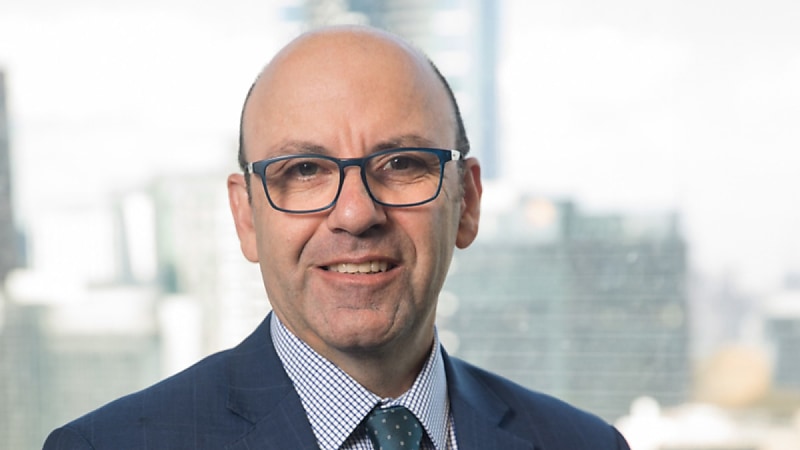Stress-test SMSF in preparation for Div 296
SMSFs that hold farms or small businesses should do a “stress test” on their funds in preparation for the Division 296 tax, a leading adviser has said.
Vincent Stranges, head of products and operations at Generation Life, said that even with the changes to the legislation, it’s important that trustees with farming or small business SMSFs prepare to ensure they have enough liquidity to meet the proposed tax.
Stranges said that although farmers and SMSF advisers may seem worlds apart, they share one defining reality – volatility.
“Farmers deal with droughts, commodity swings and shifting regulations. Advisers face their own storms: market shocks, tax reform and policy uncertainty,” he said.
“Farmers survive by planning for the unpredictable: building buffers, diversifying, and weaving resilience into succession plans. It’s a mindset advisers can apply directly to SMSFs – helping clients endure whatever comes next.”
He said that with SMSFs now holding $1.01 trillion (around 25–26 per cent of total super assets), and reforms like Division 296 a reminder that “policy droughts” are as disruptive as market downturns, resilience has never been more important.
“[Trustees] need to have a liquidity strategy in place to deal with Div 296 tax when it is passed, and try to forecast what the requirements may be,” Stranges said.
“For example, you may assume the farm increases in value by 3 per cent per annum, and if it is over the $3 million threshold, you can do some calculations ahead of time, and see what you may need to build into your business plan to ensure you have enough liquidity to meet any tax implications.”
Stranges said farms and small businesses will have “peaks and troughs”, so it is a good idea to try to forecast for at least five years.
“People may not have thought about what the farm or business may actually look like over a five-year period, but if you do, at least you can plan for any tax implications from the Div 296 tax,” he said.
“Rather than waiting year on year, you know roughly the farm increases in value roughly 3 per cent each year based on increases in yields, so by doing some forecasting now, you can put aside cash or liquid assets such as shares to meet tax needs.”
He added that it’s also good practice to model best and worst-case scenarios to determine a range of liquidity that may be required in the short, medium, and long term.
“It’s all about planning and stress testing for various scenarios in terms of how much tax you may be up for down the track,” he said.
If an SMSF holds commercial property, the same process can be applied.
“When you’re doing your analysis of your income stream with the underlying assets itself, you just bake in a provision for this tax as part of that process,” he said.
“If you’ve got commercial property, then you might decide that to pay for this tax, you are going to have to increase the rent. So at the next rental review, you would have to let the tenant know.”
Stranges said another strategy is to look at the fund itself and see if there is the ability to transfer value between the members, depending on whether they’re pre-preservation or post-preservation age.
“You may be able to transfer ownership values depending on how much the other members can contribute to the SMSF,” he said.
“There are all these gaps you’ve got to consider, but maybe just think about the ownership and who, particularly in the SMSF, owns what percentage of an asset, and whether you could introduce more members into the SMSF.”


